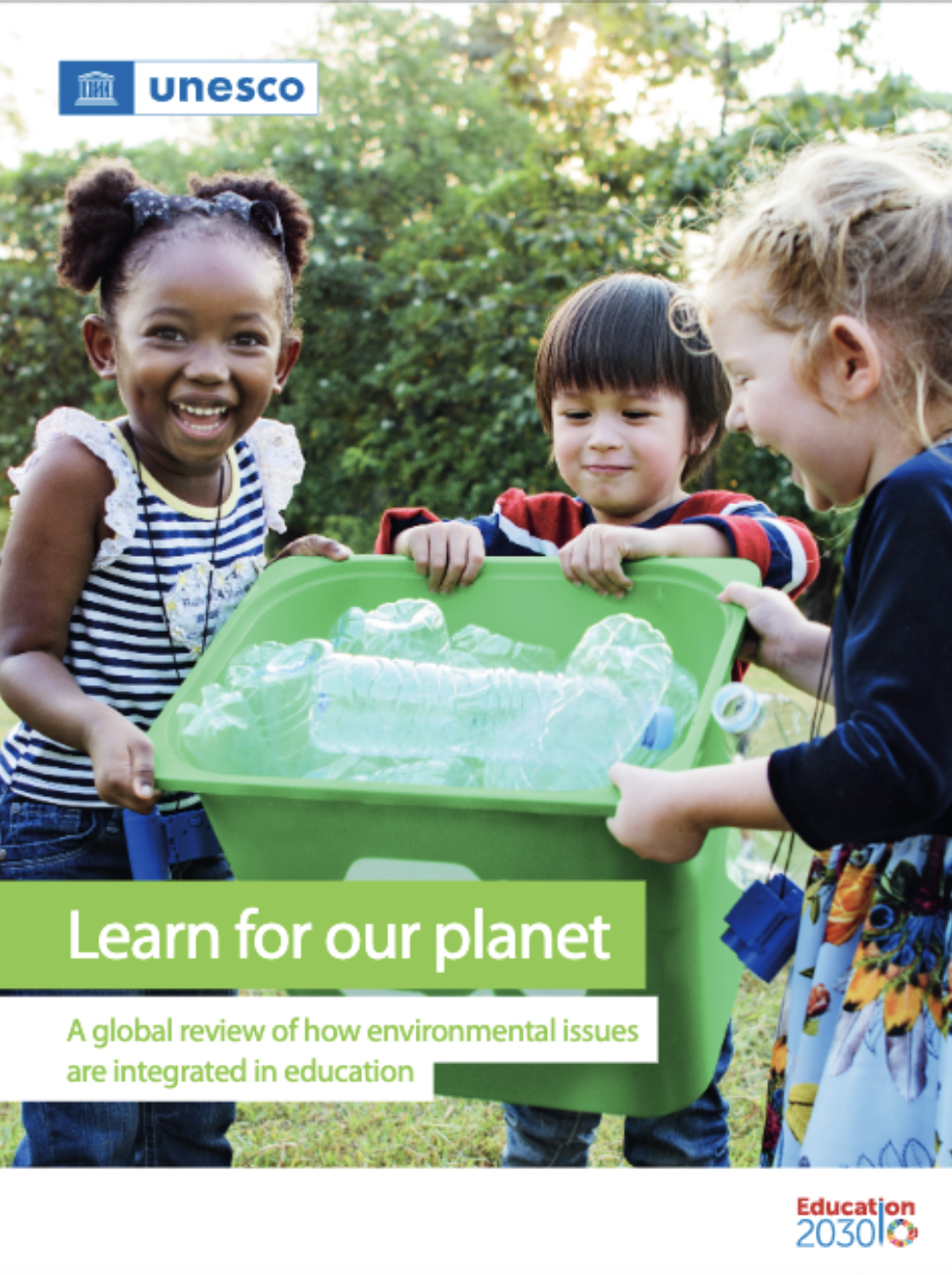Learn for our planet: a global review of how environmental issues are integrated in education
The way we currently live is not sustainable. Urgent change is needed, but lasting change is impossible without education. This UNESCO report presents the extent to which environmental issues are integrated in primary and secondary education policies and curricula across 46 UNESCO Member States.
It is no secret: The way we live is not sustainable. Our planet is facing multiple interconnected crises caused by human behaviour. We are depleting the planet’s resources. Climate change is affecting us and all species, damaging ecosystems and leading to unprecedented environmental degradation. 2020 was the hottest year on record. One million species are at risk of extinction. The long, alarming list goes on. If we continue to live the way we do today, we will need the resources of three earths by 2050.
Learning is key to finding solutions and creating a more sustainable world. Transformative education is the long-term solution to help change the way we live and care for our planet. Yet, not all learners today are receiving the adequate tools and knowledge to be empowered to act for the planet. This report show that 45% of national education documents studied by UNESCO made little-to-no reference to environmental themes including sustainability, climate change and biodiversity; less than half of those documents mentioned climate change; and only 19% made reference to biodiversity. This must change.
This resource helps decision-makers in education assess and improve their own curriculum, which would help equip and empower learners with the knowledge, skills, values and attitudes to act for the planet and address the global challenges we face. Through education, students are encouraged to be responsible actors who contribute to creating a more sustainable world. ESD promotes personal and societal transformative action in learners of all ages by providing them with the tools to design new sustainable systems and ways of living.
External source(s)



